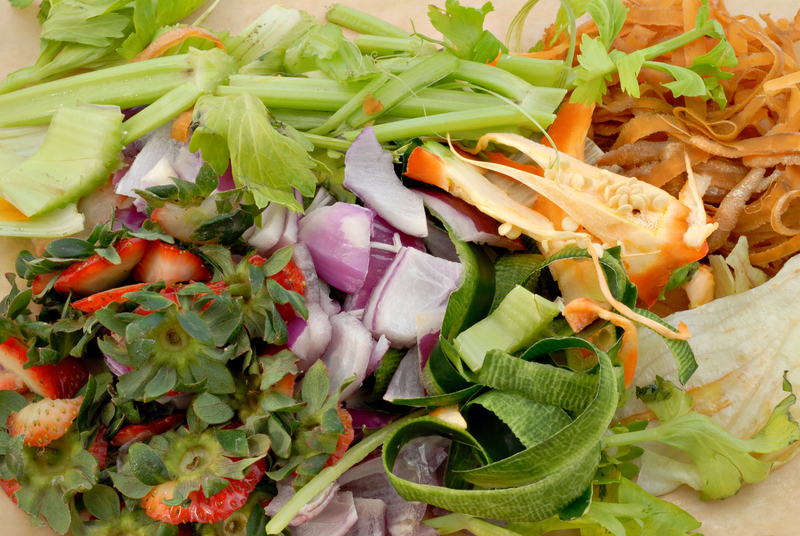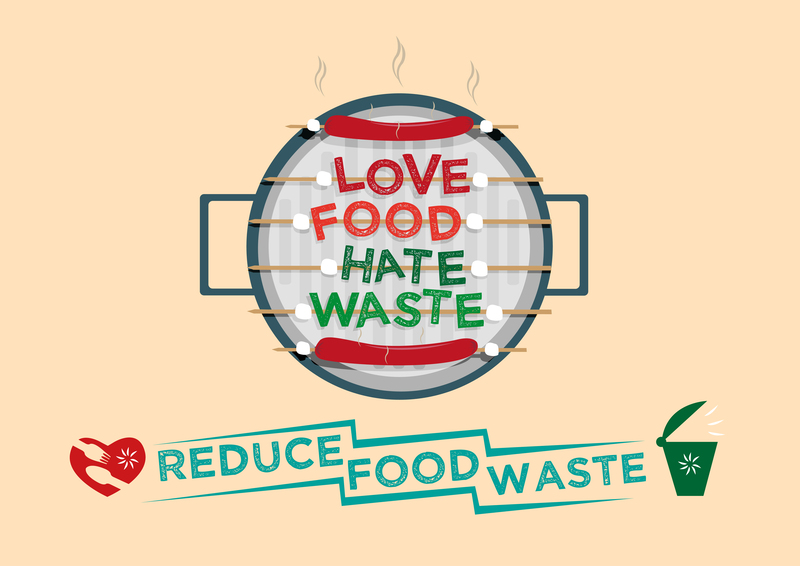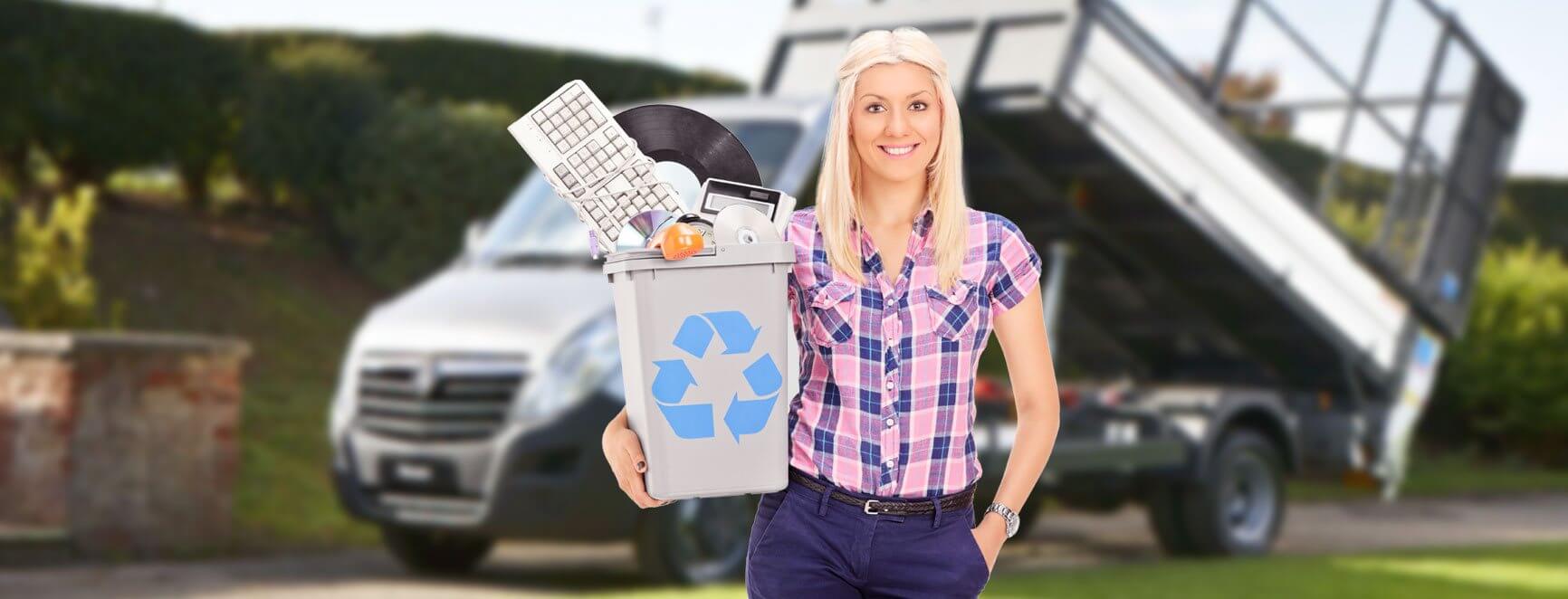Proper Cookware Disposal
Posted on 17/03/2025
Proper disposal of cookware is essential for both environmental and personal health reasons. Improper disposal can lead to pollution, resource wastage, and potential health hazards. Understanding the best methods to dispose of your old or damaged cookware can help in reducing waste and promoting sustainability.
Types of Cookware Materials
Different cookware materials require different disposal methods. The most common materials include:
- Aluminum
- Stainless Steel
- Non-stick (Teflon)
- Cast Iron
- Copper
Each of these materials has its own set of disposal guidelines.

Steps for Proper Cookware Disposal
1. Assess Condition
Before deciding on disposal, assess the condition of your cookware. If it's still usable, consider donating it to a local charity or giving it away to someone in need.
2. Recycling
Most metal cookware, such as aluminum and stainless steel, can be recycled. Check with your local recycling center to see if they accept these materials. For non-stick cookware, remove the non-stick coating first, as it is not recyclable.
3. Upcycling
Get creative with upcycling. Old pots and pans can serve as planters, storage containers, or even decorative items. This is both an eco-friendly and stylish way to repurpose your cookware.
Disposing of Specific Cookware Materials
Aluminum and Stainless Steel
These materials are commonly accepted at scrap metal facilities. Clean them thoroughly to remove any food residues before recycling.
Non-stick (Teflon)
Due to the chemical coatings, non-stick cookware must be handled carefully. If the coating is scratched or damaged, it's best to dispose of these items in the trash. Some specialized recycling programs may accept non-stick cookware.
Cast Iron
Cast iron is highly durable and can often be restored. If it's beyond repair, recycling centers generally accept it. Some scrap yards may even pay you for it.
Copper
Copper cookware is highly recyclable. Due to its value, many recycle centers and scrap yards will gladly accept it. Ensure it is thoroughly cleaned before recycling.
Environmental Impact of Improper Disposal
Throwing cookware into the trash contributes to landfill waste and environmental pollution. Metals can take centuries to decompose and can leach harmful substances into the soil and water. Non-stick coatings can release toxic chemicals if incinerated.
Tips for Extending the Life of Your Cookware
To minimize waste, consider the following tips to extend the life of your cookware:
- Proper Maintenance: Regularly clean and season your cookware.
- Avoid Overheating: Prevent warping and damage by not overheating your pots and pans.
- Use Appropriate Utensils: Wooden or silicone utensils can prevent scratching, especially for non-stick cookware.
- Proper Storage: Stack cookware carefully to avoid damage.
Pros and Cons of Common Disposal Methods
Pros:
- Recycling: Reduces landfill waste, conserves natural resources.
- Upcycling: Eco-friendly, reduces waste, creative reuse.
- Donation: Helps others, reduces waste, promotes community.
Cons:
- Recycling: Can be inconvenient if facilities are not nearby.
- Upcycling: Requires creativity and time.
- Donation: Not all items may be accepted; requires effort to find a suitable recipient.

Takeaways
- Assess the condition of your cookware before disposal.
- Choose recycling or upcycling over trashing.
- Follow specific disposal guidelines for each type of material.
- Extend the life of your cookware through proper maintenance and use.
Conclusion
Proper cookware disposal is crucial for environmental sustainability and personal health. By understanding the differences in material disposal, opting for recycling, and considering upcycling opportunities, you can significantly reduce waste and contribute to a healthier planet. Always consider extending the life of your cookware with proper care to minimize the need for disposal.





